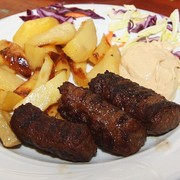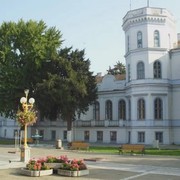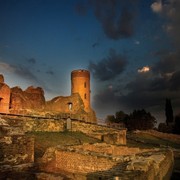Among manuals, ancient instruments and china of the period, are exposed the products of the pharmacy and an interesting small wooden putto bearing an "advertising" cartouche that reads "Nos medicinam paramus, Deus dat nobis salutem", a warning that has always guided the work of the friars of Sant'Anna.
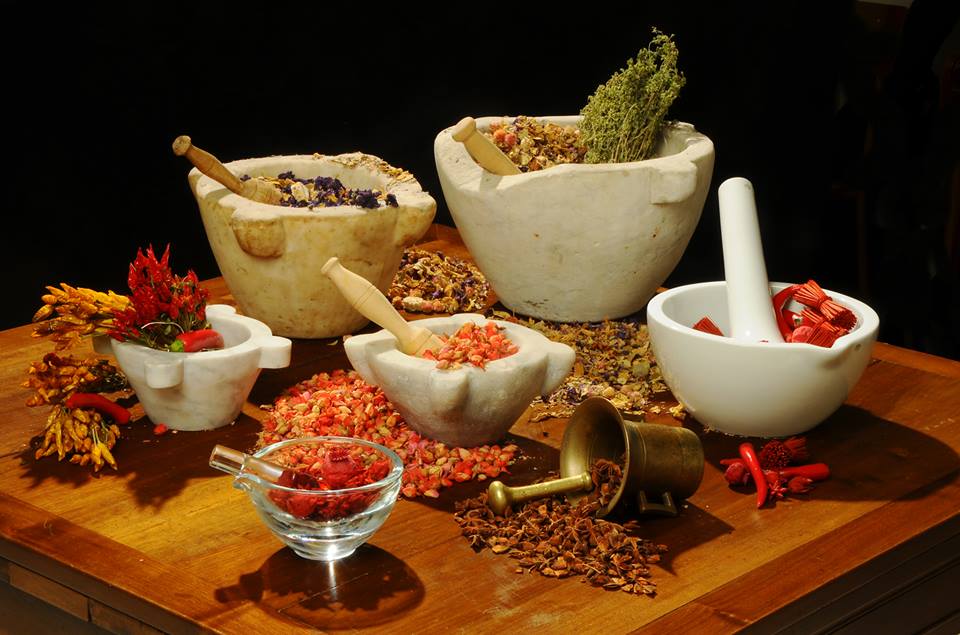
[Credit Facebook site]
The pharmacy is located inside the convent of Sant'Anna, founded in 1584 by Nicolò Doria, the first built by the Barefooted Carmelites outside the borders of Spain. The church is a typical example of Genoese baroque, with a beautiful sixteenth-century portal, cloisters, refectory, gardens and the ancient library that collects precious volumes: herbariums and essays of botany, theological and biblical texts, many in original edition. But the real gem is the Old Pharmacy whose origin dates back to the mid-seventeenth century when it is attested the existence of a certain Fra Martino di Sant'Antonio with the status of pharmacist.
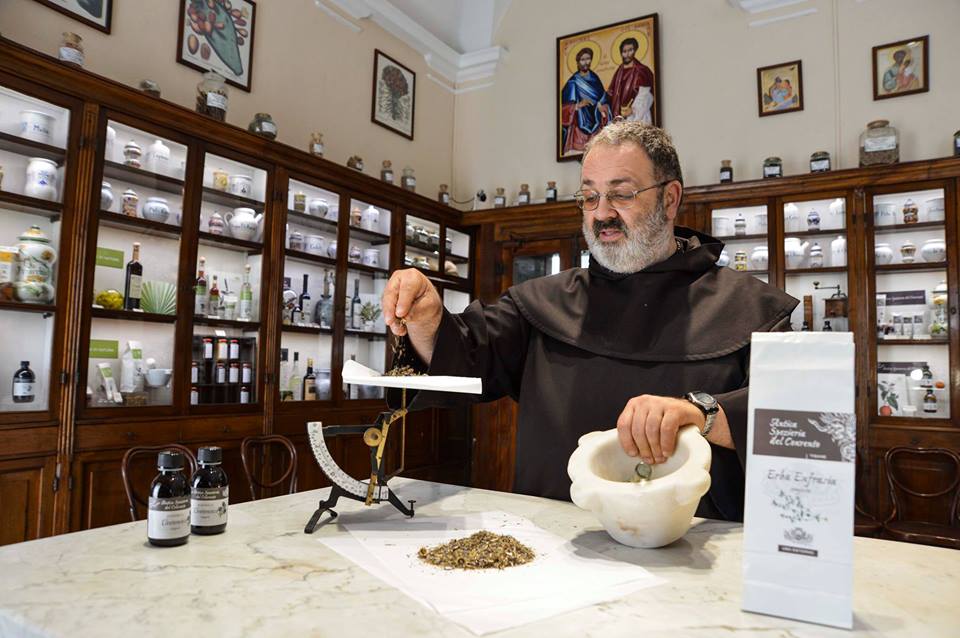
[Credit Facebook site]
The pharmacy, open to the public in the nineteenth century, maintains its galenic and phytotherapeutic tradition and retains the striking original structure in a bright and welcoming environment: white and gray marble floors, vaulted ceilings, 18th century walnut windows along all the walls with counter furniture in the center. Frate Ezio, the sympathetic herbalist of the ancient tradition handed down "from Father to Father", welcomes those who need care and offers ancient remedies, beehive products, infusions of roses cultivated with care and passion. Wisdom of the past, today's technology: in the modern laboratory the work with ancient experience and humble respect for nature, in pure monastic tradition.
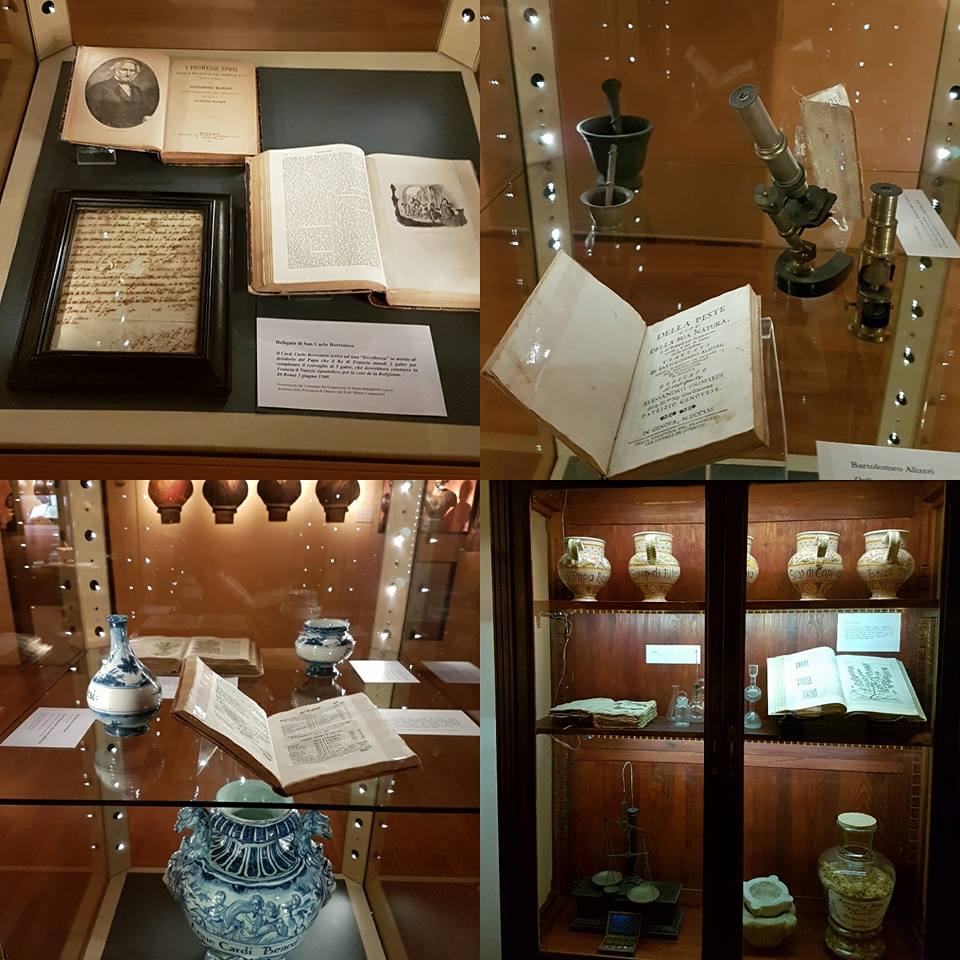
[Credit Facebook site]
Luigi Le Roy, a physician who lived at the turn of the 1800s, the inventor of curative medicine, in fact oriented to the search for the cause of the symptom and not to the mere suppression of the symptom itself. The bust of Le Roy is located just above the entrance to the pharmacy, so one enters inside and observe the painted porcelain and ceramic vases, the ancient tiny scales, the glass stills. On every terminology the primary smells stand out, as absolute and essential colors. Nettle, thyme, lavender, rose petals, aloe, lemon balm. The principles of herbalism are here declined in remedies and recipes with unusual names, names that cradle the mind of the listener and take him to different paths from the roaring ones of our era. Here you do not find the advertising drug nor the homeopathic remedy. Here the plants and their essences are made, for us, promising slow healing of quiet.
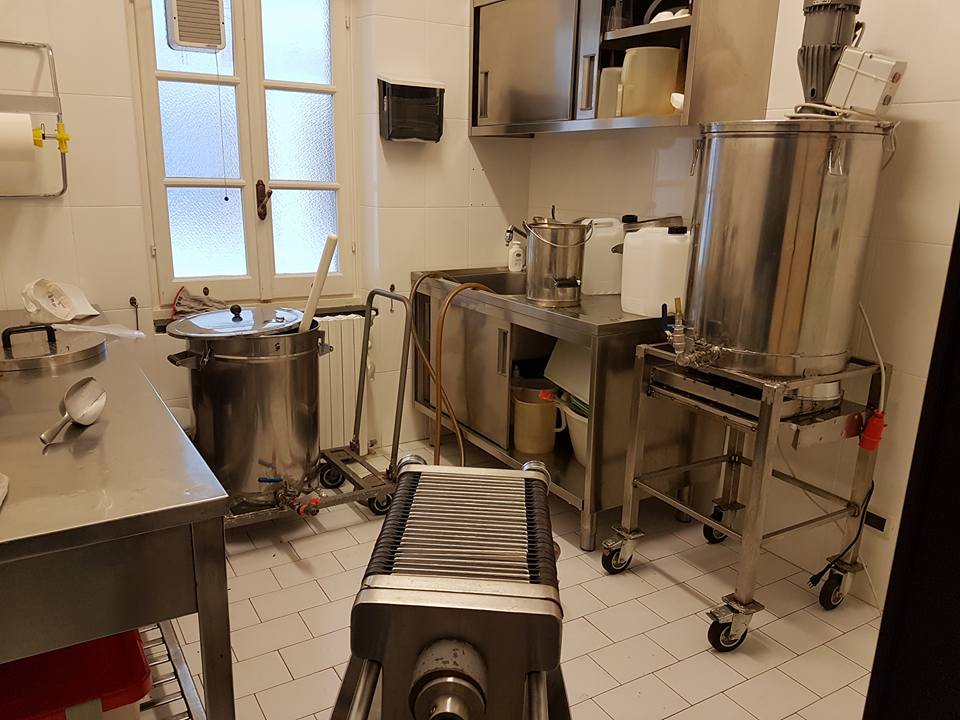
[Credit Facebook site]
Friar Ezio guides, among the citrus trees and the rose garden, the rosebuds, still closed by the cold, the dry branches of the Bulgarian rose - whose extract has prohibitive costs - and the green leaves of the "crazy" lemon, that follows the moons, and with every moon it grows, so you see on the plant the small flower and the small fruit and the larger one, like a tide carried on the lawn. He guides to the laboratories, where you see the fatigue of slowness. Extracting an essence according to ancient processes has long and slow times, and the heat of the fire like the steam of the water gives small quantities at the end.
Genoa, Piazza Sant'Anna, 8 Tel: 39 010 2513285

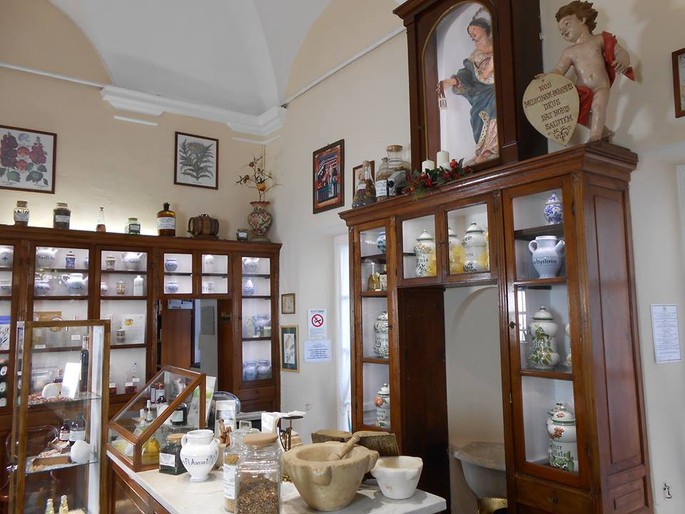












![Hanbury Gardens, itineraries for everyone all year round [Videos] Hanbury Gardens, itineraries for everyone all year round [Videos]](https://www.italyrivieralps.com/typo3temp/pics/g_a7708c6a79.jpg)



